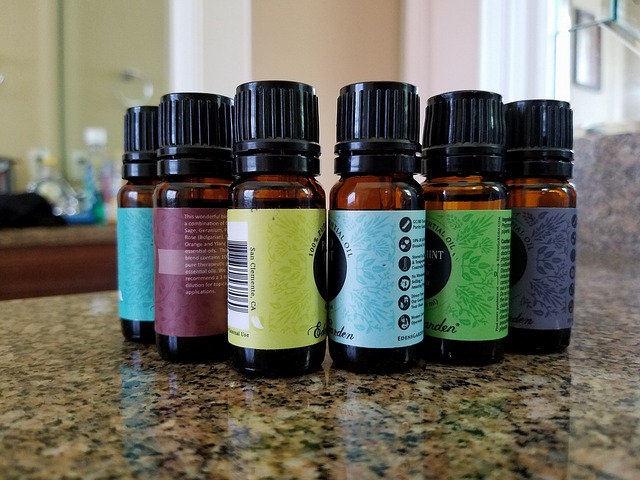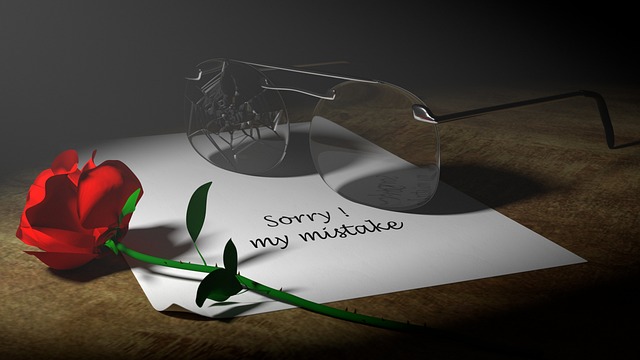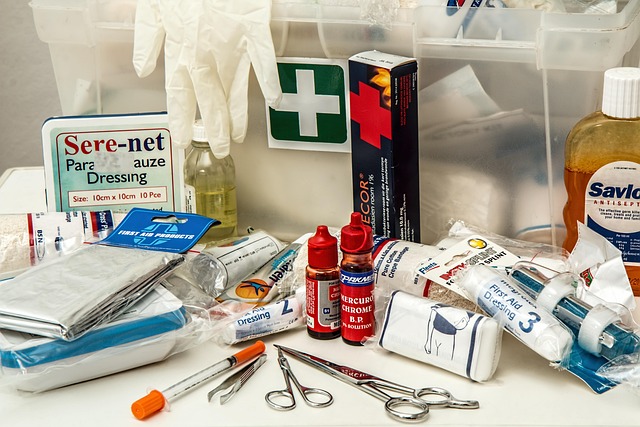Introduction: Beyond Store-Bought Shapes
Tired of the same old hearts and stars? Imagine pulling a batch of cookies from the oven shaped like your pet, a favorite cartoon character, or even a unique company logo! 3D printing makes this delicious dream achievable. It's a rewarding hobby merging digital design creativity with the tangible, tasty results of baking. This guide is your starting point, whether you're a 3D printing novice or a baking pro.
Why 3D Print Your Own Cookie Cutters?
- Limitless Creativity: Design literally any shape you can conceive.
- Truly Personal Gifts: Craft one-of-a-kind cutters for birthdays, holidays, or special events.
- Cost-Effective Hobby: Often more affordable long-term than buying numerous niche metal cutters.
- Food Safety Control: Ensure safety by selecting appropriate, non-toxic filaments.
Essential Design Principles for Perfect Cuts

Before launching your software, keep these key design elements in mind:
- Sharp Cutting Edge: Aim for a thin bottom edge (e.g., 0.4-0.8mm wide) for clean dough separation without tearing.
- Sturdy Walls: Make the main walls at least 1.5-2mm thick to prevent flexing or breaking under pressure.
- Comfortable Rim/Handle: Include a wider top rim (e.g., 3-5mm) to distribute pressure comfortably on your hand.
- Sufficient Depth: Generally, 12-15mm (about 1/2 inch) deep works well for standard cookie dough thickness.
Choosing Your Design Playground: 3D Modeling Software

Various software options can bring your cookie cutter ideas to life. Consider your technical comfort level and the complexity of designs you envision. Here are popular choices:
- Tinkercad: Free, web-based, and exceptionally user-friendly. Perfect for beginners using simple drag-and-drop shapes.
- FreeCAD: A powerful, open-source parametric modeler offering advanced features, but with a steeper learning curve.
- Fusion 360: Professional-grade CAD/CAM software (free for personal/hobbyist use). Excellent for intricate designs and precise control.
Designing Your First Cutter (Using Tinkercad)

- Create the Outline: Start by creating your desired shape using Tinkercad's basic shapes (stars, polygons, etc.) or import an SVG file for more complex outlines. This forms the cutting profile.
- Create the Cutter Wall: Duplicate your outline shape. Scale the *duplicate* down slightly (e.g., reducing width/length by 2-3mm total). Center the smaller shape perfectly inside the larger one. Turn the smaller shape into a 'Hole' and group it with the larger shape. This subtracts the center, leaving a hollow wall.
- Add a Top Rim: Duplicate the original outline shape again. Adjust its height to be shorter (e.g., 3-4mm tall). Align this flat shape on top of the cutter wall you created in step 2. Group these parts together. This rim provides a comfortable surface to press down.
- Check Dimensions & Height: Verify the overall height is adequate (e.g., 15mm total). Ensure the wall thickness created in step 2 is suitable (around 1.5-2mm). The bottom edge should be relatively thin from the initial shape.
- Export for Printing: Select your final grouped object and click 'Export'. Choose the STL file format, which is standard for 3D printing.
From Digital Design to Physical Cutter: Slicing & Printing
Your STL file is a blueprint. You need 'slicer' software (like Ultimaker Cura, PrusaSlicer, or Simplify3D) to translate it into instructions your 3D printer understands. Key settings include:
- Layer Height: 0.2mm is a good balance between speed and detail for cutters.
- Infill: 20-30% provides good strength without excessive material use.
- Wall Line Count: 3-4 walls (perimeters) are recommended for durable cutter walls (e.g., 1.2mm - 1.6mm total thickness with a 0.4mm nozzle).
- Print Speed: Start slower (e.g., 40-50mm/s) for better quality, then adjust based on your printer's performance.
Finishing Touches & Food Safety Best Practices
Once your print is complete, let it cool and remove it from the build plate. Check for and carefully trim any minor imperfections or wisps of plastic (stringing). **Crucially, hand-wash the cutter immediately after each baking session** with warm, soapy water. Use a soft brush if needed to gently clean crevices. This prevents dough residue from drying and hardening in the layer lines. Rinse thoroughly and allow it to air dry completely before storing. **Never use a dishwasher**, as the high heat can easily warp or melt PETG/PLA plastics.
